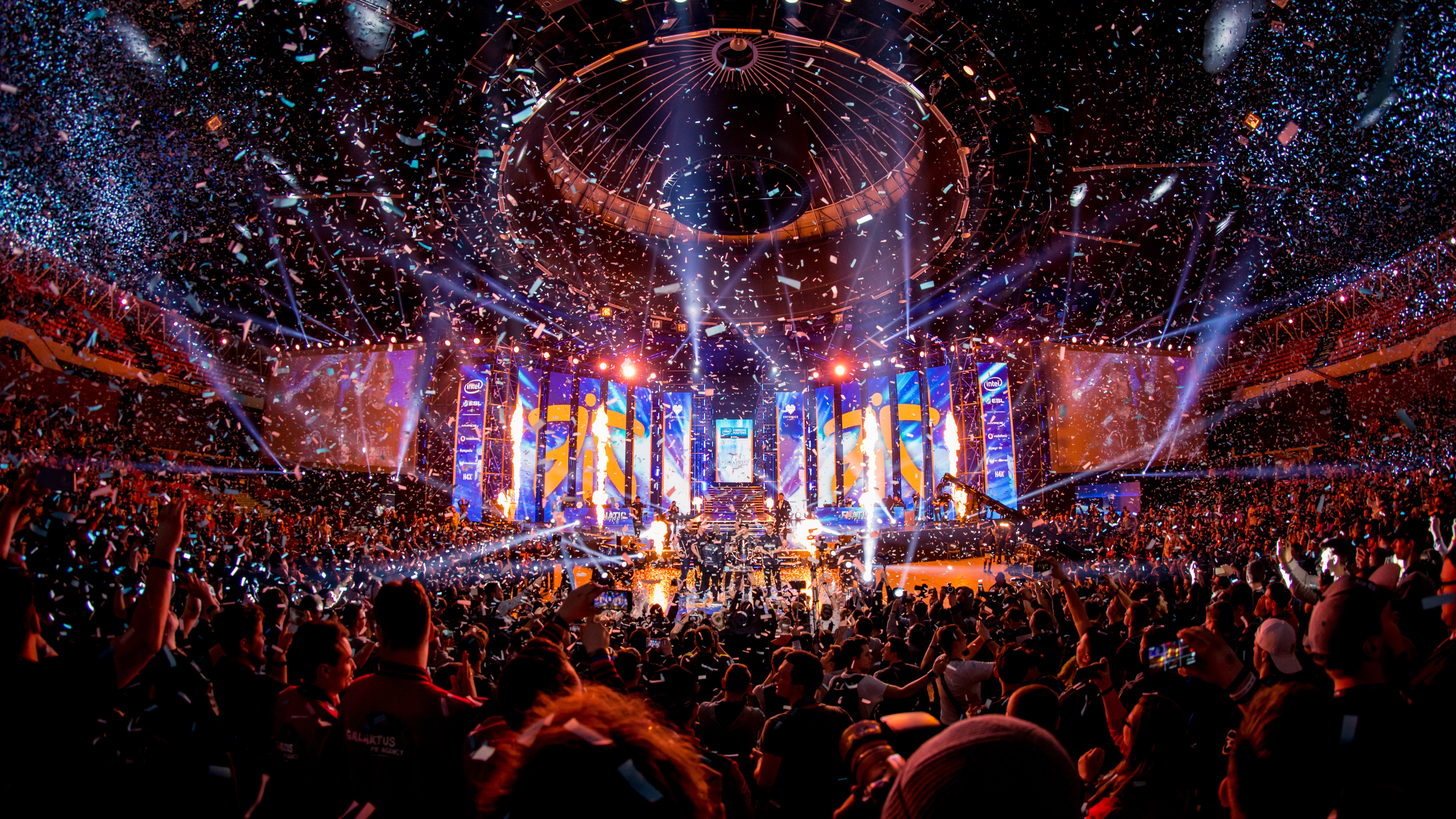Why CS:GO was the greatest competitive FPS ever—and how CS2 will eclipse it
The king is dead, long live the king.

Counter-Strike Global Offensive is dead. After 11 years it has been replaced by Counter-Strike 2, bringing an end to one of the greatest competitive shooters of all time. Whether you were battling in Silver or one of the few good enough to make it to the grand finals of CS:GO esports tournaments, every player has amazing memories of iconic clutches and probably a few embarrassing mistakes. Few games lodge in your brain like CS:GO and, some might say, that's because there has never been a competitive FPS as good.
There have been countless imitators, and more than a few great games that have taken a lot of inspiration from CS:GO, but none have managed to eclipse it. CS:GO had the perfect mix of simple combat fundamentals with a huge skill ceiling, with a layer of strategy atop that allowed teams to swing the odds in their favour with the right plays, and then the almost meta-layer of economic management across rounds and across the group.
Many games have similar elements, but none balance them like CS:GO. Take Valorant, arguably the biggest and most direct challenger, and those same elements arent quite so harmonious. With so many agents, all of whom have multiple abilities, it can at times feel like the actual act of shooting is an afterthought, with well-placed utility and ability pick-offs deciding the outcome of many rounds. In CS:GO you rarely see a round where a few high explosive (HE) grenades or Molotovs take out half the opposing team, and on the rare occasion you do it’s hilarious (providing you weren't on the receiving end).
Gear up
The use of grenades (referred to as "utility") and general strategy present in CS:GO meant that, with a coordinated team, you could eke out an advantage in any given round. Sure you still had to hit the shots, but a smart strategy that catches opponents off guard can cause enough chaos to leave the enemy team scrambling and on the back foot. The greatest matches as a player were when meticulously planned strategies, or more often ideas we stole from the pros, worked in your favour with pixel-perfect smoke throws and crisp headshots.
Then you get to actual combat against another player and it can be one of the most intense moments in any game: it's precise, unforgiving, and over in a flash. CS:GO almost specialises in tempting players into that moment of panic, the split-second where you see movement and simply spray n' pray rather than taking the time to set up and tap out precise shots. When you miss, and you will, the return fire is nearly always lethal and there is no doubt it's on you. Certain principles apply across all guns but then there are outliers like the AWP, perhaps the most fun and satisfying weapon in any competitive shooter: incredibly expensive, incredibly deadly, and incredibly easy to lose. You never feel cheated in CS:GO, even when you get steamrollered: the fights are fair, and it's your decisions that win or lose them.
There is sadness in CS:GO coming to such an abrupt and unceremonious end, even if we kind of knew it was coming.
Alongside the iconic and asymmetrical maps, many of which influence FPS map design to this day, CS:GO is one of the most satisfying and perfectly balanced competitive experiences out there, and it translated to the spectator experience. Knowing how difficult it was to hit shots and execute synchronised strategies meant watching the best in the world do it was almost mandatory viewing for fans and, when it came to the wider audience, nothing outside of Rocket League has such a simple and understandable rhythm.
I've attended plenty of major esports events across various big titles, but nothing compares to a high-stakes CS:GO final. Fnatic’s overtime win vs FaZe Clan in the fifth map of the IEM Katowice 2018 grand final is an electric moment I'll remember for the rest of my life, and that’s just one of many examples of the drama and high-stakes intensity these events produced.
Keep up to date with the most important stories and the best deals, as picked by the PC Gamer team.
There is sadness in CS:GO coming to such an abrupt and unceremonious end, even if we kind of knew it was coming. There was no huge send-off, no full-throated eulogy, and very little drama.

That's the way Valve wanted it though, because CS2 is here to replace CS:GO and, while there are a bunch of mainly backend changes and upgrades, the two games still feel similar enough that the experience feels consistent between the two. All the good things from CS:GO have made the transition, with some contemporary upgrades on top, and that will be the success of CS moving forward. CS:GO was a home run, undoubtedly one of the greatest games of all time and one that genuinely transformed parts of the industry. To change the foundations would have been foolish.
But the game and its profile meant it needed a rebuild and, with the changes that have been made, Counter-Strike is now ready for the next 10 years. The game may not be called CS:GO any longer but it effectively is still an improved CS:GO, and perhaps the biggest tribute that can be paid is that, for the first numbered sequel in the series' history, CS2 simply wasn't interested in being groundbreaking. It doesn’t need to be.
CS2 is here to build on the legacy of CS:GO and offer the same platform for players, but better. The early signs suggest this is exactly what's happening and, with years for Valve to keep building atop it, CS2 will one day be as admired and loved as the game it stands on the shoulders of.

